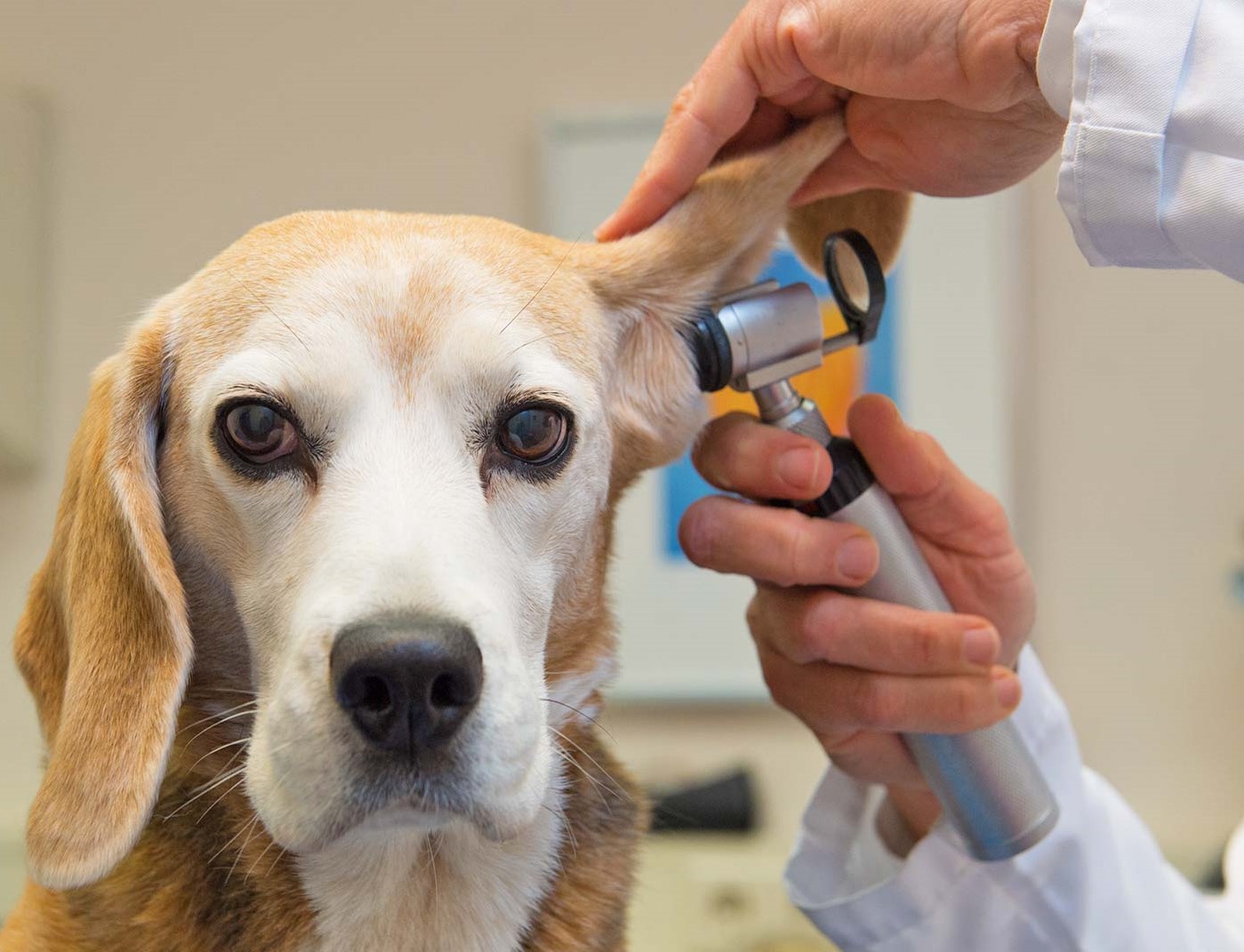Ready, Set, Glue!
- By : Ruben Matthews
- Category : Clinics and Trends

For centuries, the only way to get a shoe to stick on a horse’s hoof was to nail it on. Sometimes that didn’t work because the feet were in too poor condition to hold the nails. Compounding the problem was when a nail was driven into the hoof wall-even a healthy hoof-it weakened the wall.
If a farrier starts with a brittle or crumbling hoof, yet still manages to get nails and clips to hold, only the portion of the hoof wall with integrity will bear the added stress of holding on the shoe. It, too, will soon become damaged. It’s a Catch-22: Leave the shoe off a bad foot and it gets worse; nail the shoe on to protect the hoof, and it may solve one problem yet cause another.
Glue-on Shoes
In the last decade, researchers have tested different types of glue-on shoes and methods of attaching them. The most widely accepted of these shoes, the Sigafoos Series Glu-On, was termed a “composite” because it consisted of a traditional shoe, a polyurethane pad and a braided fabric cup.
To glue the shoe on, the fabric is soaked with acrylic adhesive and the cuff taped in place on the hoof for 10 minutes until the bonding material dries. Sigafoos now offers the Sigafoos Series II Glu-On shoes.
The Series II is a two-component shoe-a plate and a cuff. You just draw the outline of the horse’s foot on the plate and cut it out with a jigsaw. It’s very easy to use, and a lot of owners are doing it themselves now. The cuff glues directly to the plate. You don’t have to hammer anything or awkwardly bend a piece of steel.
It’s a very simple, easy system that gives tremendous latitude as to what kind of shoe to make: heart-bar, egg-bar, full plate, hospital plate and different types of treaded shoes, Sigafoos said.
Stronger Hoof Walls
Unlike nail-on shoes that concentrate stress on the segments where nails bind the shoe to the hoof wall, bonding the cuff to the hoof wall provides a much larger surface area to dissipate the load every time a horse’s foot hits the ground. Continuous stress at the nail holes when a horse takes a step creates structural damage to the hoof wall. However, when glue-on shoes eliminate this problem, the hoof wall is able to develop healthier and stronger. Horses with problem hooves especially benefit from the new technology.
Suitable for Competition
While early versions of glue-on shoes have been met with skepticism, the newer-generation products have proven effective for competition horses. In the 1990s, an Olympic silver medalist was one of the first competitors to use glue-on shoes, winning the three-day event at Fair Hill, Md. wearing them.
Start with a Queens Plate racing plate, which reduces tendon strain and muscle pulls. Prepare the hoof, and then uses Equilox to bond the shoe to the hoof bottom. Equilox is an acrylic-bonding agent that contains a polymethyl methacrylate bone cement originally used in human hip-replacement surgery. The product must be mixed carefully to achieve the proper consistency for a good bond. At the same time, the farrier must work quickly because the acrylic begins to set even as he molds it to the hoof.
This method has worked on a number of track horses whose training programs ordinarily would have been altered-or even suspended-because their feet were too bad to hold shoes. These horses have stayed in training and raced wearing the glue-on shoes, which never budged under the impact of more than seven tons per square inch at peak racing speed.



No Comments